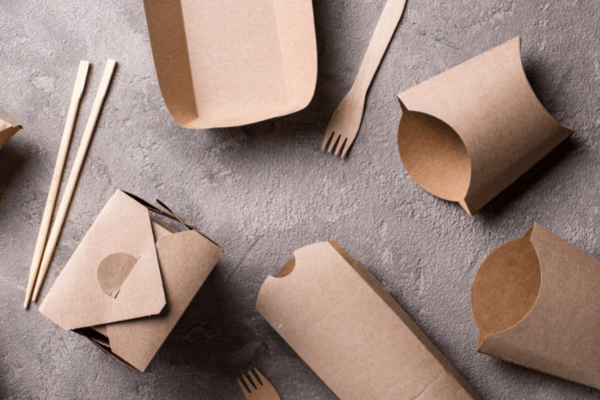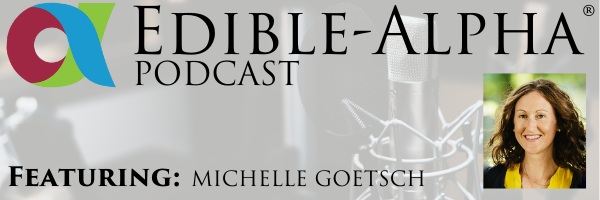Many food and farm businesses have been prioritizing sustainable CPG packaging for years, choosing recyclable, compostable, or reusable solutions whenever possible. They feel strongly that lessening the ecological impact of their products is just the right thing to do, and they know that consumers are increasingly environmentally aware and favor brands that embody sustainability. A 2020 consumer survey found that more than two out of three shoppers believe that environmentally friendly, recyclable packaging is important—and a whopping 74% say they would willingly pay more for a sustainably packaged product.
Now, as the wrath of climate change intensifies, the pressure is on all stakeholders to do more to ensure that single-use food and beverage containers don’t end up in landfills. Besides consumers vocalizing their concerns to food businesses and voting with their dollars, lawmakers at all levels—municipal, county, state, and even federal—are examining the issue and enacting regulation around single-use packaging. Common examples include plastic bans or plastic taxes.
Extended producer responsibility (EPR) legislation—which requires manufacturers to take more responsibility for the ultimate recycling, reuse, or disposal of their product packaging—has been a big thing in Europe and parts of Asia for a while. And as Betterbin founder Michelle Goetsch explains in the latest Edible-Alpha® podcast, it is now picking up steam in the U.S.
Many food and farm businesses have been prioritizing sustainable CPG packaging for years, choosing recyclable, compostable, or reusable solutions whenever possible. They feel strongly that lessening the ecological impact of their products is just the right thing to do, and they know that consumers are increasingly environmentally aware and favor brands that embody sustainability. A 2020 consumer survey found that more than two out of three shoppers believe that environmentally friendly, recyclable packaging is important—and a whopping 74% say they would willingly pay more for a sustainably packaged product.
Now, as the wrath of climate change intensifies, the pressure is on all stakeholders to do more to ensure that single-use food and beverage containers don’t end up in landfills. Besides consumers vocalizing their concerns to food businesses and voting with their dollars, lawmakers at all levels—municipal, county, state, and even federal—are examining the issue and enacting regulation around single-use packaging. Common examples include plastic bans or plastic taxes.
Extended producer responsibility (EPR) legislation—which requires manufacturers to take more responsibility for the ultimate recycling, reuse, or disposal of their product packaging—has been a big thing in Europe and parts of Asia for a while. And as Betterbin founder Michelle Goetsch explains in one of the latest Edible-Alpha® podcasts, it is now picking up steam in the U.S.
This past summer, Maine became the first state to pass EPR legislation, and California will soon follow suit, enacting stringent new laws governing what brands can and can’t say on labels about the recyclability or compostability of their packaging. As a result, not only will many manufacturers need to strategically rethink their packaging materials; they’ll also have to step up their consumer-education efforts.
Given these forces, a food or farm business switching to more environmentally friendly CPG packaging might sound like a no-brainer. But the truth is, it’s incredibly complicated. Sustainable packaging can be wildly expensive, even cost-prohibitive for many smaller companies. Also, there aren’t yet suitable options available for many types of foods and beverages. Plus, even though consumers repeatedly claim they’d choose a more-expensive sustainably packaged product over a lower-cost conventionally packaged item, when the rubber meets the road, do they actually follow through?
Another issue is the fractured and oftentimes confusing recycling ecosystem. Many waste management entities don’t have the capability to recycle certain materials, or if they do, consumers are confused about how to utilize it. This can create scenarios in which brands step up and commit to sustainable packaging, but in the end, it doesn’t get managed properly and ends up in the landfill anyway.
Also, currently, the packaging supply chain is majorly strained, with shortages of key materials and astronomical costs. And with contract manufacturers grappling with supply chain issues across the board, many are just trying to get products out the door and don’t have the bandwidth to support the brand’s packaging overhaul.
So yes, even though most food and farm businesses would probably love to make their CPG packaging more eco-friendly, it can be incredibly challenging for them to pull off—especially right now, with the world still in the throes of the COVID-19 pandemic.
However, even if brands are unable to execute today, they are wise to at least start thinking about more sustainable packaging as part of their long-term strategy. Consumer and government pressure to make CPG more environmentally friendly will only intensify in the coming years, and many food brands will need to alter their programs to stay relevant.
The good news is that innovation abounds in sustainable packaging solutions, with more and more viable materials and options available to brands each year. There are also exciting tech innovations, including Betterbin’s consumer-facing app, which helps brands educate consumers about how to properly recycle or compost CPG packaging. Sustainable packaging is definitely the future, so now is the perfect time for food and farm businesses to explore.
Tired of not knowing how to recycle CPG packaging, conscious consumer Michelle Goetsch devised a data-driven solution: a consumer-facing app that makes it easy to recycle or compost properly according to local guidelines. Michelle shares her journey of launching Betterbin, doing extensive R&D, raising money, marketing a new tech product, and finding new avenues for company growth.
And now, our roundup of the best food and beverage finance news, events and resources from around the web…

Business Model Insights
- How brands should approach digital advertising in the age of privacy protections (New Hope Network)
Thought-leadership content marketing is not a meager investment, but it’s one that’s sure to pay off. - 5 Lessons Learned from Employing a Second-Chance Workforce (Sustainable Brands)
- Inflation is red hot, soaring to 6.8% in November, the highest in nearly four decades (NPR)
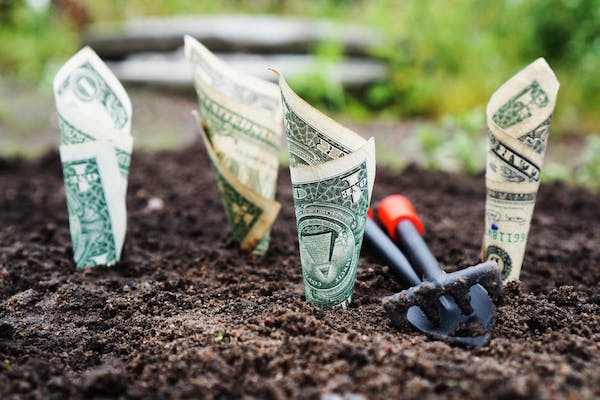
Raising Capital
- 7 common financial mistakes CPG startups make (New Hope Network)
- From bootstrapping beyond capability to raising too much in convertible notes, these money-related missteps can sink a food brand.
- 5 tips to get a response from investors (New Hope Network)
- VC firms pumped a record amount of investment into AI agriculture startups this year (The Counter)
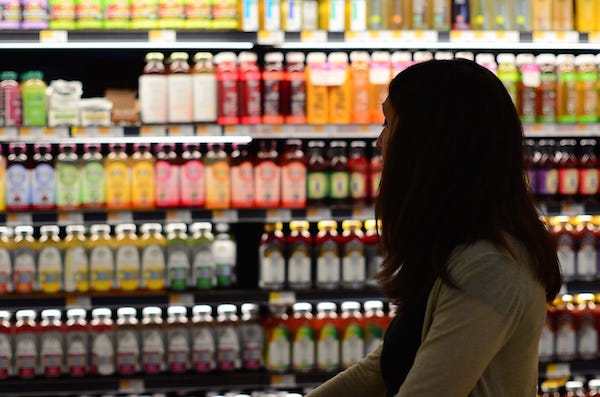
CPG/National Brands
- Glass, Plastic, Or PLA? Dairies Struggle to Replace Single-Use Bottles (Civil Eats)
- As plastic pollution soars, companies are trying to get their milk to consumers with the smallest environmental footprint possible.
- Inflation fears rise… but what’s the exact point at which shoppers will consider a product to be too expensive? (FoodNavigator-USA)
- This Industry-First Online Marketplace Is Helping Companies ‘SourceGreenPackaging’ (Sustainable Brands)
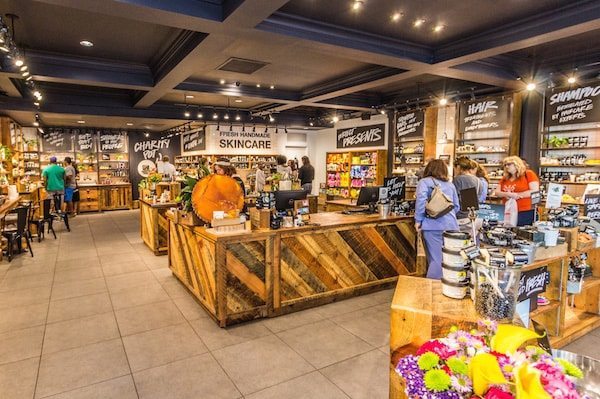
Market Trends
- What Google’s Top Trending Food Searches Signal for the Food Industry (The Food Institute)
- Top trending food searches of 2021 include TikTok pasta, Gigi Hadid pasta, bacon jam, crockpot chicken, Squid Game cookie, cicada and more. Here’s what this mishmash means for food businesses.
- 10 food and beverage macro trends for 2022 from KeHE’s experts (New Hope Network)
- ‘Shroom Boom’ Likely to Continue in Plant-Based, Traditional Categories (The Food Institute)
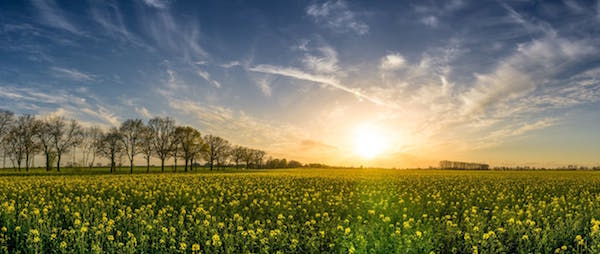
Farming and AgTech
- At an Annual Sustainability Gathering, Big Ag Describes its Efforts to Control the Narrative (Civil Eats)
- A report from the floor of the Sustainable Ag Summit, where industry leaders are paying more attention to an “anti-meat agenda” than the climate crisis.
- Supply Chain Crunches Are Affecting Every Corner of Agriculture (Modern Farmer)
- On Henry’s Farm, Experimenting with Radical Adaptation to the Climate Crisis (Civil Eats)

Deals/M&A
- jack & annie’s closes $23M; aims to make jackfruit hero among meat alternatives (TechCrunch)
- When founder Annie Ryu discovered that this versatile, nutrient-dense crop is drought resistant and high-yielding—but that 70% of jackfruit goes unused—she built a brand and supply chain that uplifts 1,000 farming families in India.
- MIT-founded food waste startup Spoiler Alert finds its stride amid supply chain woes (Boston Globe)
- Investment has rice snacks maker planning to expand (Food Business News)

Industry Events
Virtual events:
- Minnesota Organic Conference: 1/6–1/7
- National Farmers Union Virtual Women’s Conference: 1/10–1/13
- Food Finance Institute January 2022 Trends Talk: 1/24
- Organic Vegetable Production Conference: 2/3–2/8
- Organic Seed Growers Conference: 2/4–2/11
- Illinois Specialty Crop Conference & Trade Show: 2/5–2/7
- Ohio Ecological Food and Farm Conference: 2/12
- Edible-Alpha® MVP Series Workshop: Sales & Distribution Planning: 2/22
- Edible-Alpha® MVP Series Workshop: Marketing & Branding Planning: 3/17
In-person events:
- Michigan Organic Food and Farm Alliance Organic Intensives: 1/8 in East Lansing, MI
- Peanut and Tree Nut Processors Association Annual Convention: 1/14–1/17 in Miami, FL
- National Farmers Union Women’s Conference: 1/16–1/18 in Nashville, TN
- EcoFarm Conference: 1/20–1/22 in Pacific Grove, CA
- GrassWorks Grazing Conference: 1/20–1/22 in Wisconsin Dells, WI
- Practical Farmers of Iowa Annual Conference: 1/20–1/22 in Ames, IA
- Food Northwest Process & Packaging Expo 2022: 2/3–2/4 in Portland, OR
- Illinois Specialty Crop Conference & Trade Show: 2/5–2/7 in Springfield, IL
- Winter Fancy Food Show: 2/6–2/8 in Las Vegas, NV
- World Ag Expo: 2/8–2/10 in Tulare, CA
- Organic Grain Conference & Trade Show: 2/9–2/10 in Champagne, IL
- Food Processing Expo 2022: 2/15–2/16 in Sacramento, CA
- Ohio Ecological Food and Farm Conference: 2/17–2/19 in Dayton, OH
- American Frozen Food Institute AFFI-CON: 2/19–2/22 in Dallas, TX
- Refrigerated Foods Association 41st Annual Conference and Exhibition: 2/20–2/23 in Amelia Island, FL
- UNFI Natural and Conventional Spring and Summer Show: 2/21–2/23 in Orlando, FL
- MOSES Organic Farming Conference: 2/24–2/26 in La Crosse, WI
